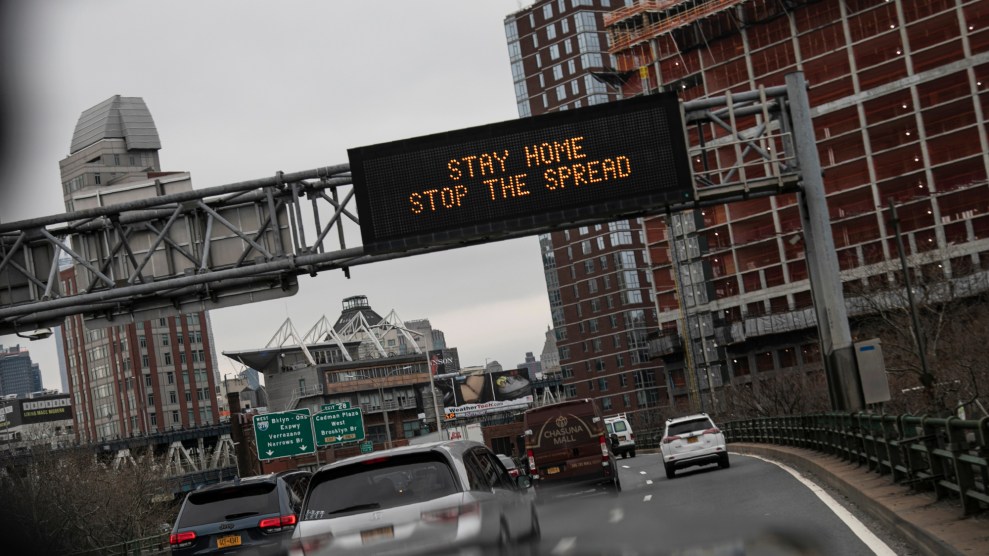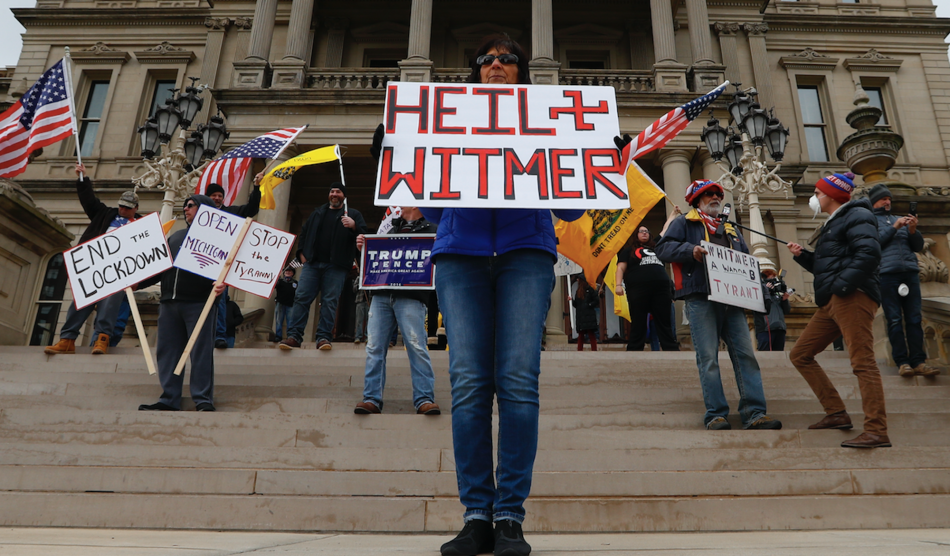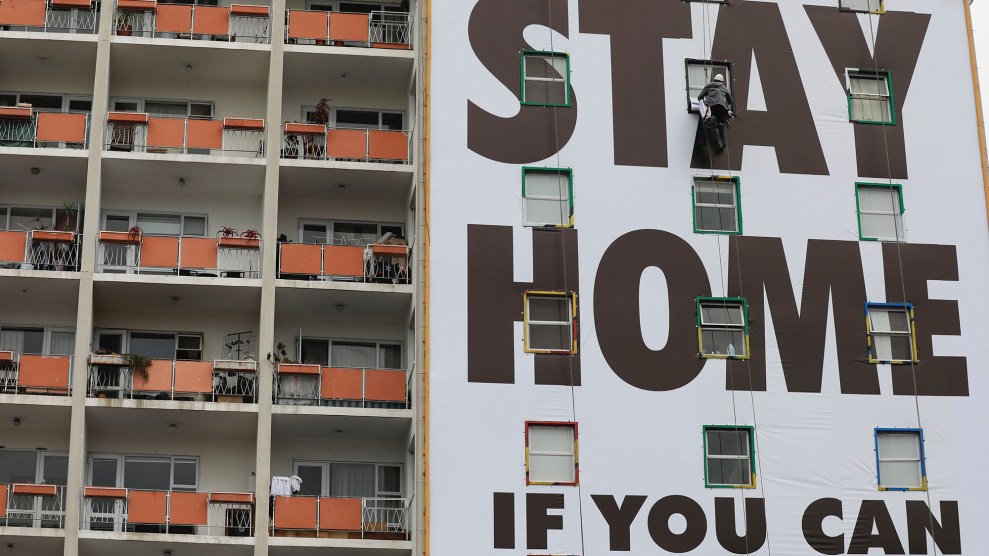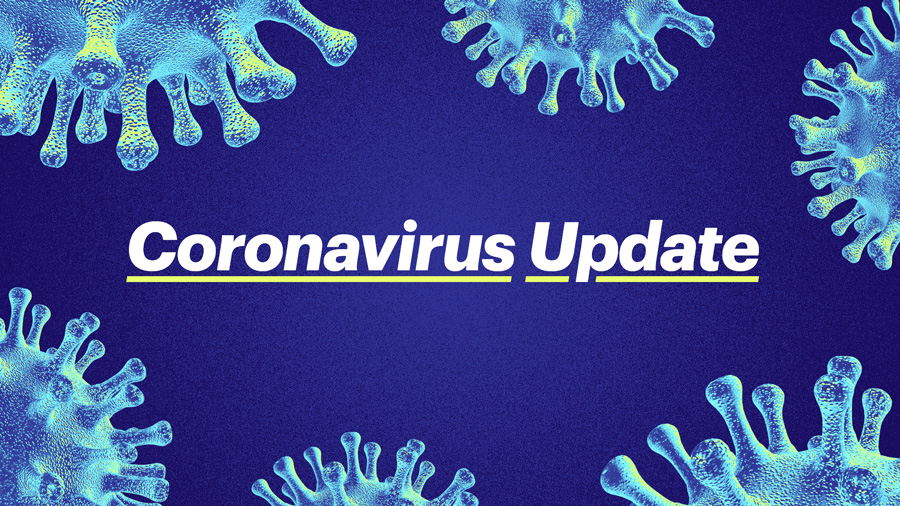
Wong Maye-E/AP
Finally, some good news: Despite months of botched coronavirus testing, limited treatment options and flip-flopping on masks, new research suggests something is working to flatten the curve—stay-at-home orders. According to an analysis by the Urban Health Collaborative at Drexel University’s Dornsife School of Public Health, in the 30 largest metro areas, shelter-in-place orders likely saved 232,878 lives and prevented 2.1 million hospitalizations. In New York City, the epicenter of the pandemic, nearly 25,000 lives were saved in 45 days of stay-at-home. By the end of this month, the researchers estimate that New York will have avoided more than 30,000 covid-19 deaths, and nearly 300,000 hospitalizations.
This reduction in deaths and especially hospitalizations meant many of the worst-case-scenarios never came to fruition. Despite concerns about overcrowded ICUs and ventilator shortages—which plagued hospitals in Italy back in March—even the hardest hit areas are seeing case numbers start to plateau.
Los Angeles, which instituted shelter-in-place nearly a week before New York, has prevented nearly 40,000 covid-19 deaths and more than 350,000 hospitalizations. Chicago’s shelter-in-place reduced deaths by nearly 10,000.
“What we really wanted to do was to say this matters. Doing nothing is in fact doing something,” Jennifer Kolker, associate dean for public health practice at the Dornsife School, told The Hill. “We really wanted to give city leaders the opportunity to say to their residents and their jurisdictions, ‘Hey folks, look what you did, you saved lives, you kept people out of the hospital.'”
You can read more estimates from cities including Dallas, Detroit, Kansas City, San Francisco, and Seattle here.













